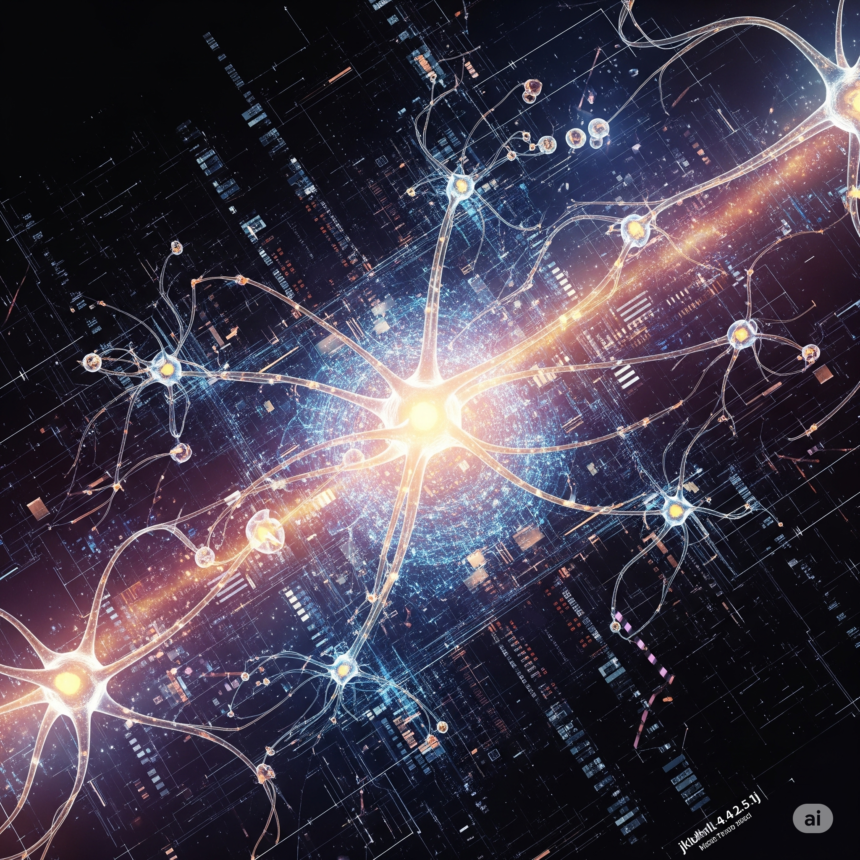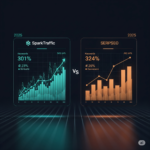In the rapidly advancing world of digital systems, data modeling, and artificial intelligence, specific models quietly drive innovation behind the scenes. One such example is the jkuhrl-5.4.2.5.1j model—a complex, modular framework whose significance is steadily growing across industries. Although it may not yet be a household name, its applications are already making waves in machine learning architecture, predictive analytics, and scalable system design.
This article takes you inside the jkuhrl-5.4.2.5.1j model—what it is, how it functions, and why it holds growing relevance in today’s digital ecosystem.
What Is the jkuhrl-5.4.2.5.1j Model?
At its core, the jkuhrl-5.4.2.5.1j is a modular system model developed to enhance interoperability, security, and processing efficiency within large-scale computational frameworks. While originally conceptualized for backend infrastructure in decentralized networks, its capabilities have since expanded into other areas like artificial intelligence training environments, blockchain validation processes, and dynamic cloud-based environments.
The numeric sequence in its name—5.4.2.5.1j—refers to the generation, module layer, protocol version, scalability index, and build identifier, respectively. This structured naming format enables quick modifications and seamless integration across different operational environments.
Key Features of the jkuhrl-5.4.2.5.1j Model
-
Multi-Layered Architecture
The model uses a tiered system to manage distinct processes—from data intake and preprocessing to secure storage and logic-based analysis. This separation of tasks ensures efficiency and minimizes cross-function bottlenecks. -
Decentralized Compatibility
Built with future-facing systems in mind, the jkuhrl-5.4.2.5.1j model is fully compatible with decentralized networks and protocols, making it a valuable asset in blockchain environments and peer-to-peer platforms. -
Self-Optimizing Algorithms
One of the standout features is its ability to adjust its internal performance parameters based on real-time feedback. This adaptive behavior allows the system to remain resource-efficient without manual recalibration. -
Security-First Framework
Designed with cybersecurity in mind, the model integrates quantum-resistant encryption standards and anonymized traffic routing, making it ideal for privacy-conscious applications. -
Cross-Platform Flexibility
Whether embedded into IoT devices or cloud servers, the model adapts smoothly to various computing environments, making it scalable and future-proof.
Real-World Applications
Although highly technical, the jkuhrl-5.4.2.5.1j model is already being integrated across a range of industries:
-
Healthcare: In managing patient data securely while allowing for real-time analysis.
-
Finance: For fraud detection and secure digital transactions.
-
AI & Machine Learning: As a backbone for scalable model training and deployment.
-
Smart Cities: Enabling real-time data exchange between sensors and infrastructure systems.
-
Blockchain Platforms: Supporting energy-efficient validation and secure smart contract execution.
Why It Matters
In a world demanding both speed and security, the jkuhrl-5.4.2.5.1j model delivers both with surprising efficiency. Its modular structure allows for constant evolution, and its compatibility with decentralized systems ensures it remains relevant in the age of Web3 and AI.
More importantly, it addresses a core challenge in modern computing: how to scale without sacrificing security or performance. By tackling this problem with a layered, self-optimizing approach, the jkuhrl model sets a new standard for systems design.
Final Thoughts
While its name may sound like a jumble of code, the jkuhrl-5.4.2.5.1j model represents a thoughtful and groundbreaking approach to digital architecture. Its utility across sectors, adaptability, and forward-looking design make it a model worth watching. As the tech world moves further into a decentralized, AI-driven future, models like this will form the invisible framework supporting everything from your smart home to global data networks.








